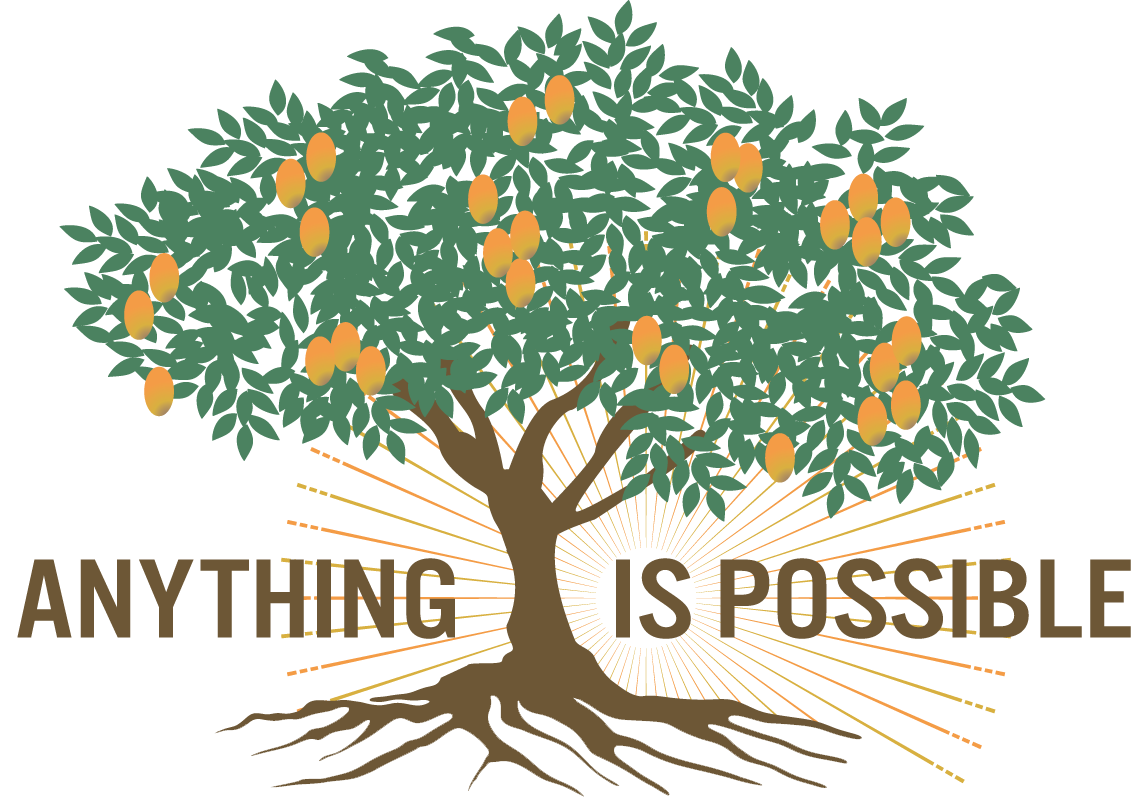A Legacy of Possibility
By Jason Merrin, Board Member, ASYV
Jason (bottom right) visits the Village shortly after its founding.
I don’t remember the exact moment my mom [Anne Heyman] decided that ASYV would be the thing that she dedicated her life to. She always said her values, her feeling of responsibility to make the world a better place, were born out of her Jewish identity, and the Jewish concept of Tikkun Olam—repairing the world. When the Village was first getting started, I was in high school, and I had an interest in filmmaking. ASYV sent me every 6 to 12 months in those early years to help document the Village’s progress, and I was extremely fortunate to get to witness the incredible transformation that these kids—kids who were my age—went through in just a short time. And that was always the vision for the Village, to create a model for change, something that would not just give the most vulnerable youth education or a home or three meals a day, but would really transform their lives. Give them hope. Give them agency. Give them the ability to go out and achieve their dreams.
My mom insisted we open our doors for kids the moment we had the capacity for it—long before the Village was "complete." She didn't want to waste a day that we could be helping people, even if the soccer field wasn't finished and half the classrooms weren't built. From the very beginning, we've always had to operate by laying the track as the train is running. We’ve always tried to reach as many kids as possible, worrying about who we can help today, without the luxury of worrying if we will still be around next year—but that’s not sustainable. Eventually, you will run out of track. We're fortunate that we are now at a moment where we can ask, how do we make this incredible place last, for years to come?
In the Village we have a saying, "If you see far, you will go far." Imagine if we can look beyond keeping the lights on for another year, or two, or ten. If we know our kids are taken care of financially, we can make good on all the promises of the Village we've never had time for. We can focus on program and innovation. We can refocus staff efforts on our kids and their individual needs. And we can work to make this model replicable so it can reach vulnerable youth across Africa—and perhaps around the world. That's something my mom always wanted, for the village to become a model for other "Shalom" villages that bring hope and change to vulnerable youth all over the world and are adapted to each place's unique circumstances and culture. She also envisioned the Village as a family; one where the kids are our kids, and we give them every opportunity afforded to our own children. The Village has grown and changed a lot over the years, but every time I go back, it still feels like coming home to family.

